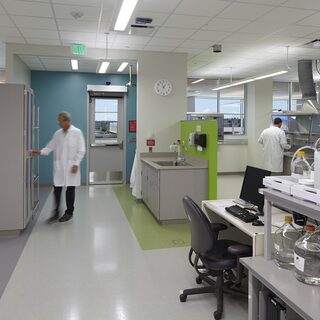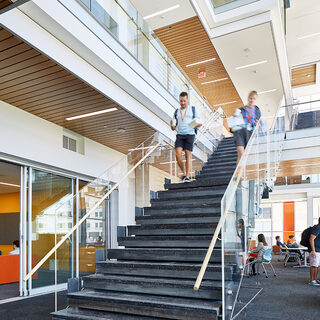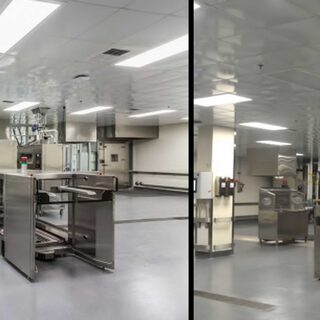Tradeline's industry reports are a must-read resource for those involved in facilities planning and management. Reports include management case studies, current and in-depth project profiles, and editorials on the latest facilities management issues.
Latest Reports
Mayo Clinic Consolidates and Relocates Labs with Zero Downtime
Mayo Clinic’s Department of Laboratory Medicine and Pathology (DLMP) has relocated and consolidated three laboratories—Endocrine, Toxicology and Drug Monitoring, and the Proteomics Core Mass Spectrometry Development Lab (CMSL)—into a singular core mass spectrometry laboratory. The two-story, 65,000-gsf addition to the Superior Drive Support Center (SDSC) is 10 to 15 minutes from Mayo Clinic’s downtown Rochester, Minn., campus.
University of Texas at Austin Dell Medical School Health Learning Building
The Dell Medical School Health and Learning Building is the first step in UT Austin’s ambitious plan to build the first new medical school at a Research I institution in 50 years. The 75,000-sf facility, which comprises phase one of the plan, will serve as the face of the new institution.
Centralized Research Support Facility Reaping Significant Benefits
A new Centralized Research Support Facility (CRSF) at the University of California San Diego (UCSD) has created a host of benefits for the university and its Animal Care Program, including almost $13 million in savings to date, with more savings expected when existing space is reassigned. The project could signal a paradigm shift as available research space shrinks, but consolidation/centralization requires significant operational and cultural shifts.
Strong Economy and Robust Construction in 2016 Drive Increased Cost Escalation
Construction prices increased an average of 6 percent in 2016, as energy and commodity prices remained at levels not seen since the 1990s, due in large part to the strength of the U.S. dollar. Five consecutive years of above-average cost escalation has driven the construction cost trendline to 3.3 percent. Price increases are attributed to robust construction activity allowing contractors to increase their margins as demand grows. The construction sector is also reaching full employment levels, which is expected to drive wage increases in the near to mid-term.
Getting the Most Valuable Design on a Biocontainment Project
Value engineering (VE) can save money on a BSL-3 project without compromising facility operations, lifecycle costs, regulatory compliance, or biocontainment requirements; if managed correctly, VE is an opportunity to improve a project, not just a cost-cutting tactic.





